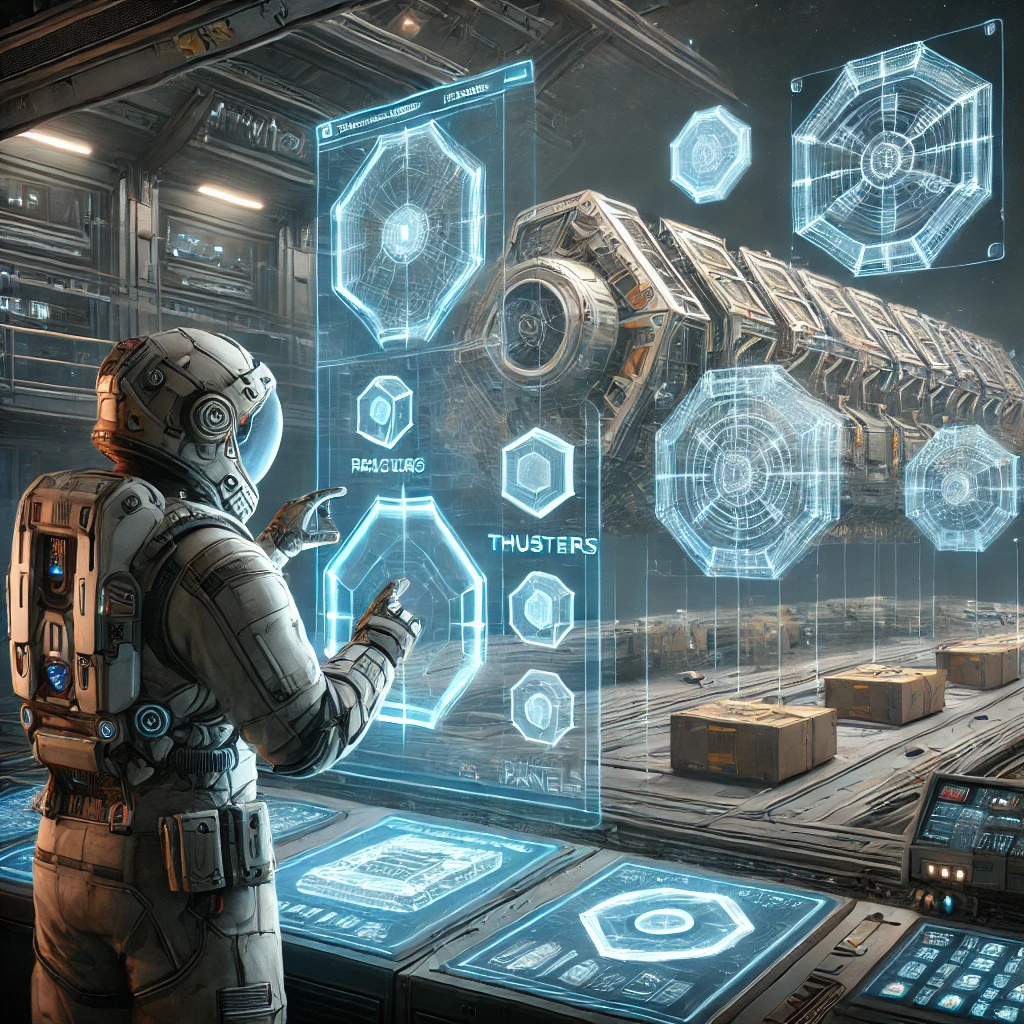Space Engineers g Menu Definition And Subtypes: and Building Dynamics
Introduction to the Space Engineers g Menu Definition And Subtypes
The Space Engineers stands as a pivotal tool for builders and engineers within the game, offering an extensive array of blocks and components to create complex Space Engineers g Menu Definition And Subtypes and machinery technology. This guide delves deep into the G Menu, outlining its structure, various subtypes, and functionalities, equipping players with the knowledge to enhance their engineering skills in the game.
Decoding the Space Engineers g Menu Definition And Subtypes
At its core, the G Menu is the game’s building interface, designed to provide easy access to the building blocks and tools needed to construct spacecraft and stations. It is divided into several subtypes, each catering to different aspects of construction:
Basic Blocks: Basic Blocks form the foundation of construction in Space Engineers. They are the essential building units used for the initial framework of any structure or ship. These blocks include simple cube shapes, beams, and panels that are essential for creating the skeletal structure of your creations.
Functional Blocks: Functional Blocks play a critical role in the functionality of ships and stations. This category encompasses a variety of blocks with specific roles, including reactors for power, thrusters for movement, and gyroscopes for orientation. These blocks ensure that your creations are not only structurally sound but also fully operational.
Armor Blocks: Armor Blocks are designed to shield and protect. Used primarily for the exterior layers of ships and stations, these blocks provide both defense against external threats and a polished look to your constructs. They come in various forms, including light, heavy, and decorative styles, to cater to different defensive needs and aesthetic preferences.
Interior Blocks: Interior Blocks are used to detail the inside of your structures, turning them from empty shells into functional spaces. These include blocks such as seats, control stations, lights, and windows, which play a vital role in both the operation and livability of your space constructs.
Key Features and Functionalities of the Space Engineers g Menu Definition And Subtypes
The G Menu is designed with several features that streamline the building process:
- Search Function: Allows players to find blocks quickly by typing keywords.
- Block Categories: Blocks are organized into categories, making navigation easier.
- Drag and Drop Inthaerface: Players can drag blocks into their toolbar for quick access during construction.
Comprehensive Overview of Block Categories and Their Utilities
Constructing with Block Categories
Each category in the G Menu serves a specific purpose, greatly aiding in the construction process:
- Structural Integrity: Ensures that builds are stable and can withstand external forces.
- Aesthetics and Design: Allows for the customization of appearances, enhancing the visual appeal of structures.
Innovations with Advanced Systems and Special Blocks
Advanced blocks like jump drives and mass blocks introduce novel functionalities and gameplay dynamics, allowing for innovative designs and solutions.
Enhancing Gameplay with Script Blocks and Automation
Script Blocks, when combined with programmable blocks, open up possibilities for automation within the game. This feature allows players to create sophisticated systems that can automate tasks, control ship functions, or create interactive elements within their builds, significantly enhancing gameplay and functionality.
Addressing Common Challenges: Step-by-Step Problem Solving
Players often face several challenges when navigating the G Menu and its functionalities:
- Complexity: The vast array of options can be overwhelming.
- Automation Challenges: Setting up systems that function correctly requires a deep understanding of both the game mechanics and basic programming.
- Performance Optimization: As constructions become more complex, maintaining game performance can become difficult.
To address these challenges, players should start with simple projects to familiarize themselves with the tools and gradually tackle more complex systems. Community forums and tutorials can also provide valuable insights and solutions.step through tutorials, seek community advice, and experiment within the game to refine their skills.
Pro Tips for Mastering the Space Engineers g Menu Definition And Subtypes
Here are a few tips to leverage the G Menu more effectively:
- Use shortcuts to save time.
- Regularly update your toolbar setups to match current projects.
- Experiment with blocks in creative mode to understand their functions without risk.
Conclusion
Mastering the G Menu in Space Engineers allows players to fully express their creativity and engineering prowess. By understanding each type of block and utilizing the interface efficiently, players can construct intricate and functional designs that thrive in the vast expanse of space. Embracing the challenges and continuously learning new technology will lead to becoming a proficient engineer in the world of Space Engineers.
FAQS about Space Engineers g Menu Definition And Subtypes
1.What is the G Menu in Space Engineers?
The G Menu is the building interface that provides access to all construction blocks and tools for creating spacecraft and stations.
2.How are the blocks categorized in the G Menu?
Blocks are categorized into Basic, Functional, Armor, and Interior blocks, each serving specific construction roles.
3.Can you automate functions using the G Menu?
Yes, using script blocks and programmable blocks, players can automate various functions within their constructions.
4.What are the key features of the G Menu?
Key features include a search function, categorized block organization, and a drag-and-drop interface for toolbar customization.
5.What should new players do to overcome the G Menu’s learning curve?
New players should engage with tutorials, community forums, and practice in creative mode to gain familiarity with the menu’s functionalities.






Post Comment